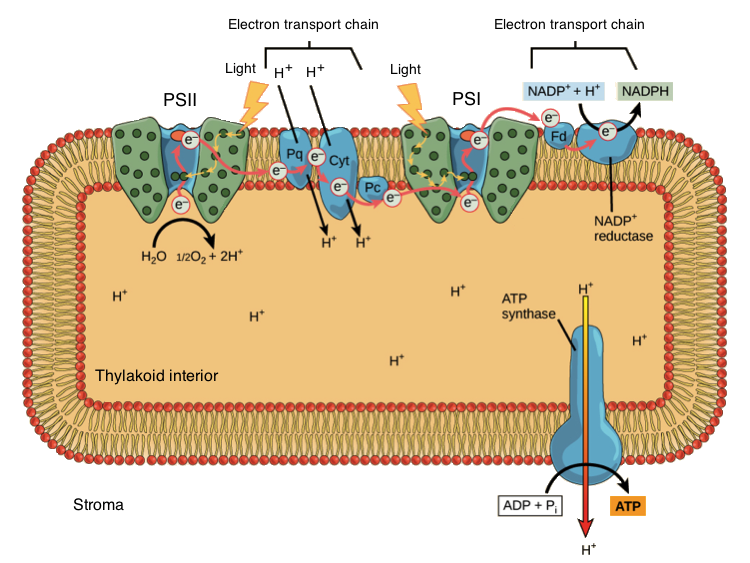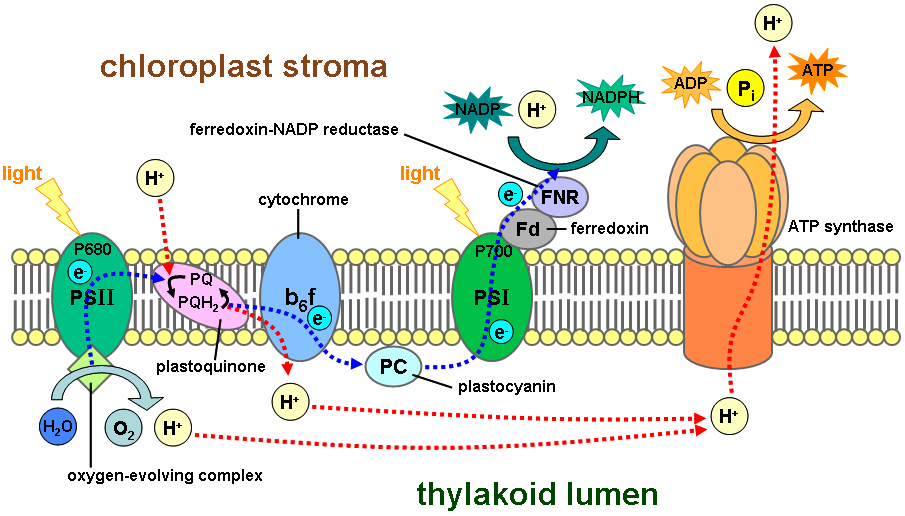What Happens to Water Molecules in the Light Reactions
You do NOT get the expected product CuCO3 which is unstable in the presence of water. Genes are specific regions within the extremely large DNA molecules that form the chromosomes.

Light Dependent Reactions Photosynthesis Reaction Article Khan Academy
During the light reactions water is used and oxygen is produced.

. The energy is then temporarily transferred to two molecules ATP and NADPH which are used in the second stage of photosynthesis. The self-complementarity of water is emergent on the condensed phase. A molecule is a group of two or more atoms held together by chemical bonds.
One of the most important processes that happens inside cells is the use of simple sugars like glucose for energy. Small amounts of heat from this reaction are given off as the metal itself begins to rust. The reactions involved in respiration are catabolic reactions which break large molecules into smaller ones releasing energy because.
In the kinetic theory of gases the term molecule is. Hydrogen molecules violently react with oxygen when the existing molecular bonds break and new bonds are formed between oxygen and hydrogen atoms. Depending on context the term may or may not include ions which satisfy this criterion.
When water is split where does the hydrogen go. Although glucose is a much smaller molecule than most of the molecules in. Cellular respiration is a set of metabolic reactions and processes that take place in the cells of organisms to convert chemical energy from oxygen molecules or nutrients into adenosine triphosphate ATP and then release waste products.
Light-dependent reactions can be defined as the first major set of processes in photosynthesis in which light energy is converted in to chemical energy in the form of ATP and NADPH. In quantum physics organic chemistry and biochemistry the distinction from ions is dropped and molecule is often used when referring to polyatomic ions. All cells contain genetic information in the form of DNA.
Isolated or small clusters of water molecules do participate in self-complementary interactions. This is a complicated reaction. Endothermic and Exothermic Reactions.
Mixing the aqueous solutions You will get a pale blue-green precipitate. Over time the water molecules on the metals surface bond with the oxygen in the air. Instead you get basic copper carbonate Cu2CO3OH2.
ATP and NADPH are generated by two electron transport chains. Endothermic reactions absorb heat to bring on a chemical change. As the products of the reaction are at a lower energy level than the reactants the result is an explosive release of energy and the production of water.
The essential functions of a cell involve chemical reactions between many types of molecules including water proteins carbohydrates lipids and nucleic acids. The Light Reactions. Strong self-complementary forces between water molecules cause very high melting temperature boiling temperature heat of vaporization heat of fusion and surface tension.

Light Dependent Reaction Simple English Wikipedia The Free Encyclopedia

Light Dependent Reactions Photosynthesis Reaction Article Khan Academy

Guide To Understanding Photosynthesis Light Dependent Reactions Photosynthesis Light Reaction Life Science
Comments
Post a Comment